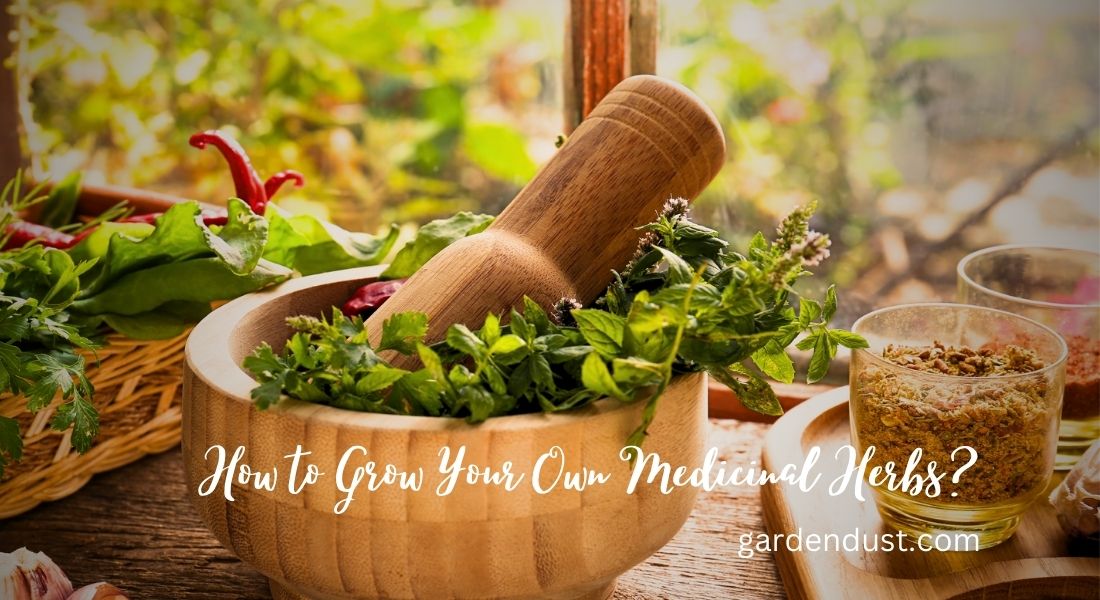Medicinal herbs have been used for thousands of years to treat various ailments and promote good health. Growing your own medicinal herbs is a great way to have easy access to natural remedies and save money in the long run. In this article, we’ll go over the basics of how to grow your own medicinal herbs.
1.Choose the right location
The first step in growing medicinal herbs is to choose the right location. Most herbs require at least six hours of sunlight per day, so choose a spot that gets plenty of sunshine. Additionally, make sure the soil is well-draining and fertile. If your soil is poor, you can add compost or other organic matter to improve it.
2.Choose the right herbs
There are many herbs that have medicinal properties, so it’s important to choose the right ones for your needs. Some popular medicinal herbs include:
- Chamomile: Used to treat insomnia, anxiety, and digestive issues.
- Echinacea: Boosts the immune system and reduces inflammation.
- Lavender: Relieves stress and anxiety, promotes relaxation, and aids in sleep.
- Peppermint: Soothes upset stomachs, relieves headaches, and opens up congested sinuses.
- Sage: Helps with sore throats, coughs, and menopausal symptoms.
Research the herbs you are interested in growing to ensure they are suited for your growing conditions and intended use.
3.Plant and care for your herbs
Once you have chosen the right location and herbs, it’s time to plant them. Depending on the herb, you may be able to sow seeds directly in the ground or start them indoors and transplant them later. Follow the instructions on the seed packet or plant label for best results.
Once your herbs are planted, make sure to water them regularly. Most herbs prefer well-draining soil that is kept moist but not waterlogged. Fertilize your herbs once a month with a balanced organic fertilizer to promote healthy growth.
4.Harvest and store your herbs
When it’s time to harvest your herbs, be sure to do it when the plant is at its peak. This is usually before the plant starts to flower. Cut the herbs just above a set of leaves, leaving enough of the plant for it to continue growing.
Once you have harvested your herbs, you can dry them for later use. Hang them upside down in a cool, dark, and well-ventilated area. Once dry, store them in an airtight container in a cool, dark place. This will help preserve their medicinal properties.
Growing your own medicinal herbs is a rewarding and easy way to have access to natural remedies. By choosing the right location, herbs, and caring for them properly, you can have a bountiful harvest of herbs that can help treat various ailments and promote good health. Happy Gardening…






